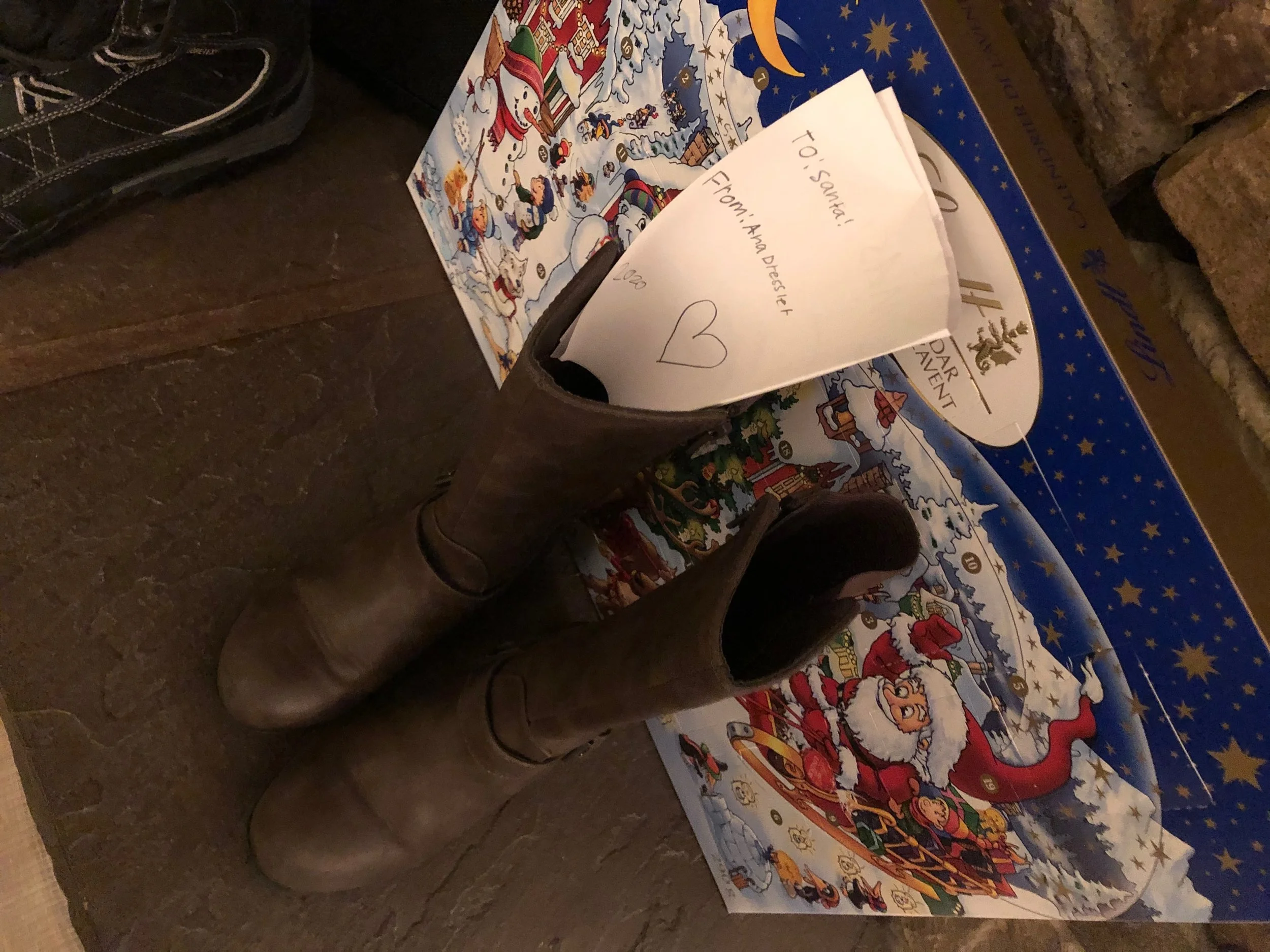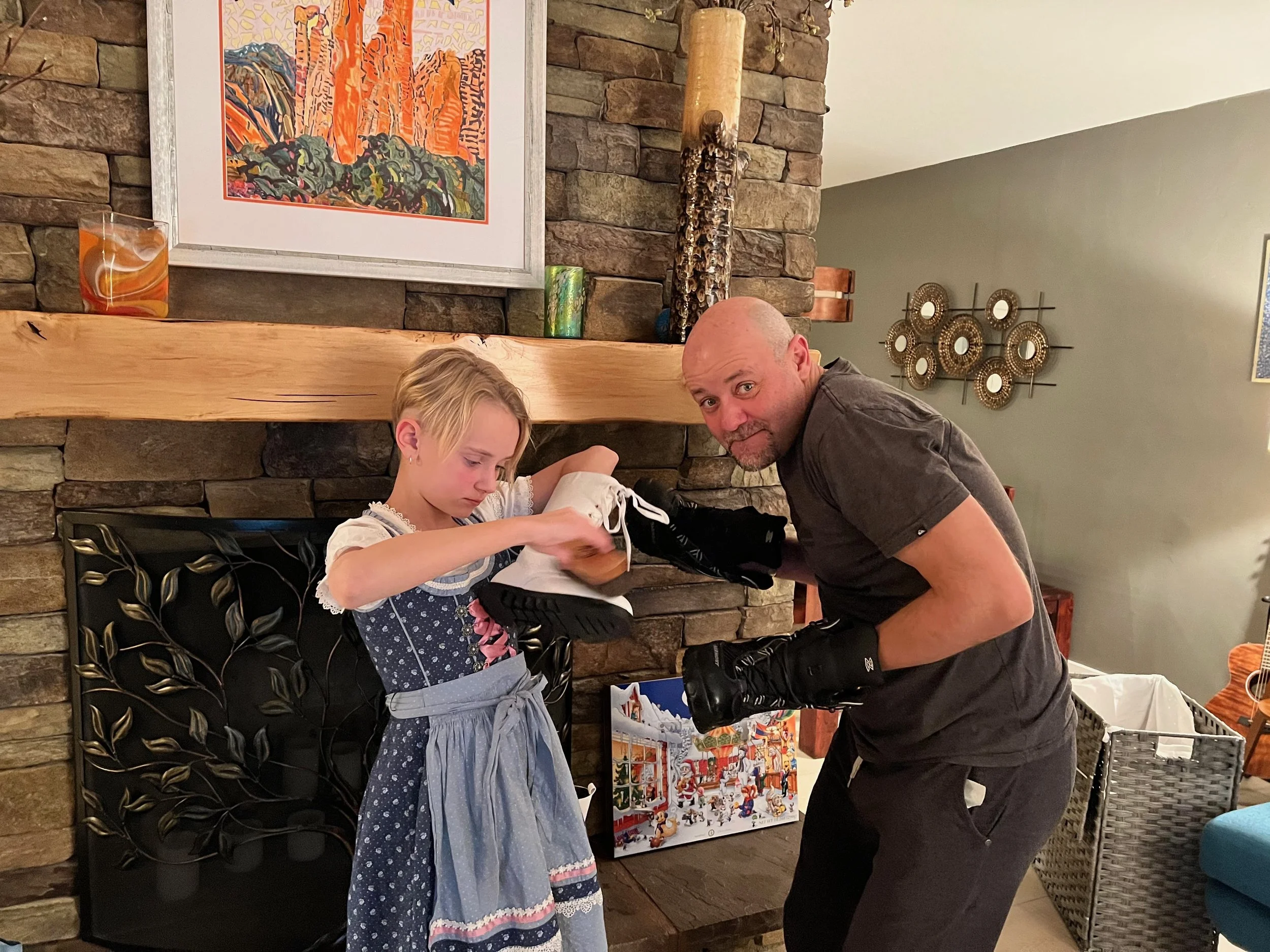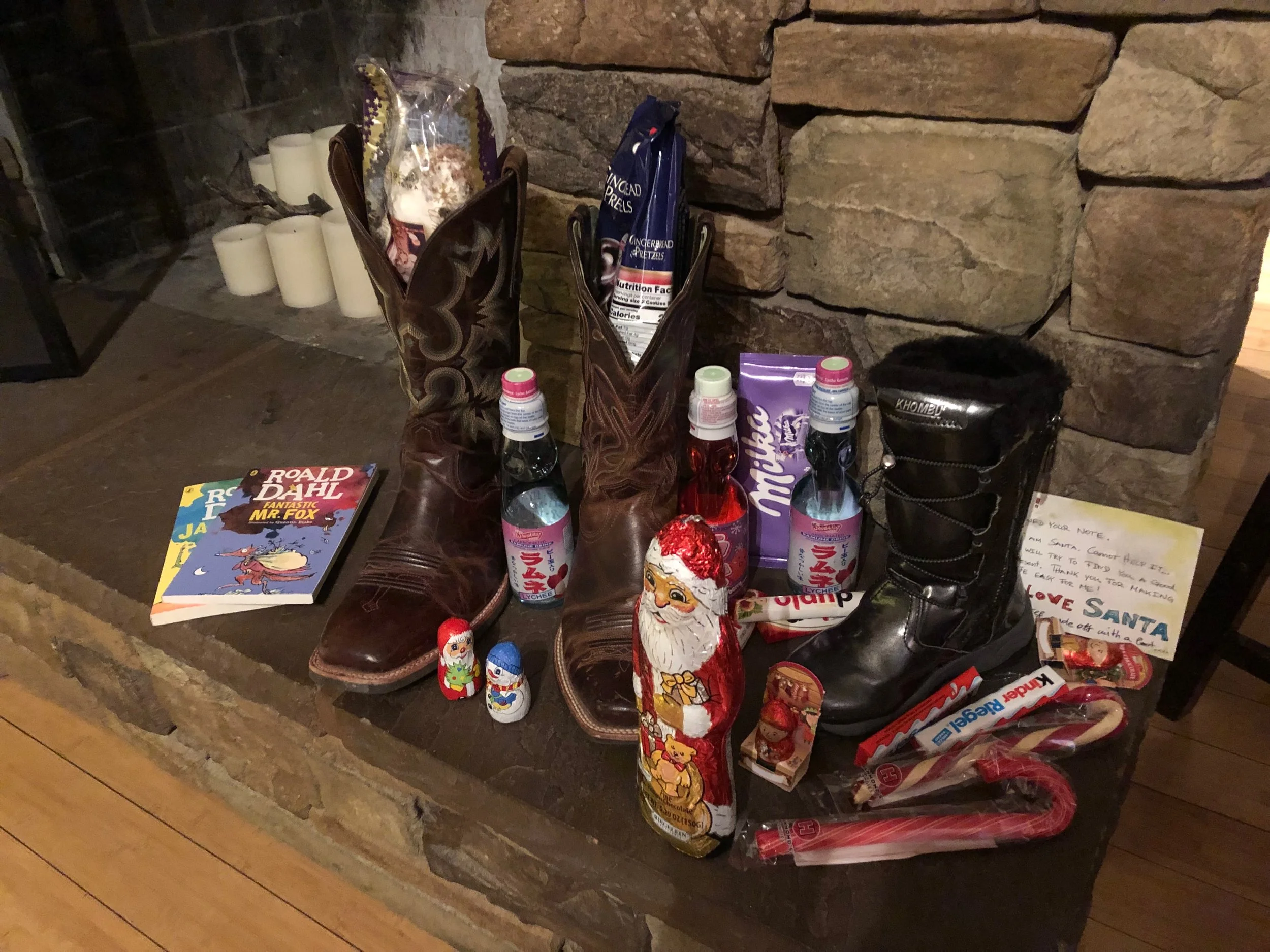The Dark Side of Christmas
A Thüringen Tale of Light and Shadows
Known by many names-Black Peter, Krampus, or Schmutzli-Knecht Ruprecht was the shadow to St. Nicholas’s light
Growing up in East Germany, the Christmas season wasn’t all sugar and spice and everything nice. Sure, we had St. Nikolaus, the bringer of treats, but we also had Knecht Ruprecht, the bearer of punishment. To a child, Knecht Ruprecht wasn’t just a name—it was a warning. Known by many names across regions—Black Peter, Schmutzli, or Krampus—he was the shadow to St. Nikolaus’s light, the enforcer who ensured you stayed on your best behavior.
Knecht Ruprecht illustration
St. Nikolaus himself has a long history that often gets overshadowed by his modern, jolly counterpart. The real St. Nikolaus, a 4th-century bishop from Myra (modern-day Turkey), was known for his generosity and kindness, especially toward children and the poor. Over time, his legend became intertwined with Christmas traditions, making him the saintly figure who brings small gifts and sweets to children on the eve of December 6th. But in some parts of Germany, he wasn’t alone—he had Knecht Ruprecht, his gruff companion, to handle those who fell short of saintly expectations.
Knecht Ruprecht was no cuddly sidekick. Picture a tall, cloaked figure with a scruffy beard, dark eyes, and a birch switch in hand, ready to dole out punishments. His looming presence added a layer of suspense to the festivities. While St. Nikolaus filled your polished boots with chocolates and oranges, Knecht Ruprecht was the reminder that good deeds mattered—and bad behavior had consequences.
Ana’s boots with a hopeful letter for Santa
I’ll never forget my first encounter with this duality. My mother told me a few days before St. Nikolaus Day on December 6 that I should polish my boots to perfection. I didn’t think much of it until she casually mentioned that any child with dirty boots might receive a visit from Knecht Ruprecht instead of St. Nikolaus. That night, I scrubbed my little boots with all the intensity a child could muster, glancing nervously at every shadow as the December wind howled outside.
On the eve of Nikolaustag the ritual was always the same. We’d leave our boots by the door, hoping to find treats the next morning. But the thrill of anticipation came tinged with a little fear. The shadow of Knecht Ruprecht hung in the air, his unseen presence lending a dramatic tension to the joy of the season.
Ana and family with fearful Krampus
As a child, that mix of light and dark was just part of Christmas. Now, as an adult, I see it as something more—a reflection of life itself. St. Nikolaus brought the warmth and sweetness of the season, while Knecht Ruprecht’s stern demeanor reminded us to value kindness, humility, and hard work. Together, they balanced the scales.
Today, the traditions have softened. In many parts of Germany (and even America), Knecht Ruprecht and Krampus have become more of a festive character. Krampus runs have turned the once-terrifying figure into a theatrical spectacle, where elaborately costumed “Krampuses” parade through towns, blending spooky fun with holiday cheer. It’s a far cry from the fearful figure of my childhood.
Looking back, I feel a nostalgic fondness for the quieter Christmases of East Germany. There weren’t flashy decorations or endless advertisements; instead, there were candlelit evenings, the scent of incense, and the thrill of wondering whether the polished boots by the door would bring joy—or a reminder to do better.
Ana polishing her boots in anticipation
Now, every December 5th, my family continues the tradition. My daughter and I polish our boots together, her laughter replacing the nervous scrubbing of my youth. She writes her letter to St. Nick to be delivered to Santa, asking for her heart’s desire.
I think of those chilly German mornings, the flicker of candlelight, and the shadowy presence of Knecht Ruprecht. The light and dark of the season weren’t just contrasts—they were compliments, teaching us that joy is sweeter when earned and shadows are easier to manage when shared. And though I no longer fear the sound of chains or birch switches, I still honor the lessons that came wrapped in those traditions—lessons of balance, gratitude, and the quiet magic of a simpler time.
This year is especially poignant, as I share this tradition with our travelers, in my home region of Thüringen on our Christmas Markets detour. I’m curious to see if our guests have been naughty or nice. If you are as well, follow along on our social media to find out—or better yet, join me next year for St. Nikolaustag in Thüringen. Experience the warmth, the shadows, and the unforgettable magic of Christmas in its true heartland.
The tradition of Krampus
The spoils of good behavior








